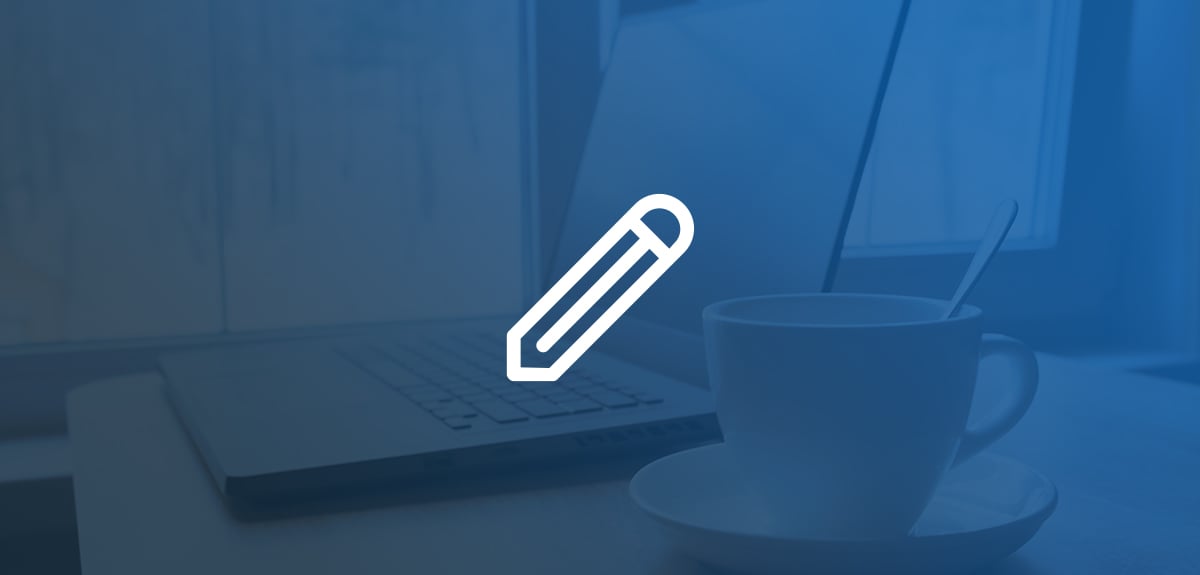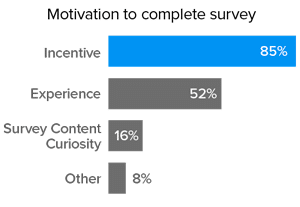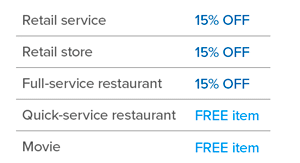How to Incentivize Feedback for Your Customer Experience Management Program
Published on Feb 10, 2021

An effective customer experience management program needs to deliver on great insights, and great insights start with quality feedback—and quality feedback depends on a healthy sample of responses from the right people. But as much as we’d love for customers to offer abundant, thorough, and honest feedback purely out of the goodness of their hearts, we know that’s not always the reality for consumers today.
Even loyal customers need a little encouragement to provide companies with this valuable information, which is why providing the right incentive is a key element to the success of your customer experience management strategy. The good news is with increased adoption of branded mobile apps and customer loyalty programs, it's easier than ever to implement an incentive program. When done well, incentives can even improve customer loyalty.
Why incentives matter
When we asked customers what motivated them to complete a survey about customer interactions, the majority said incentive, followed by experience. Since experience is the second highest motivator, that means many of your responses come from a great experience, or a terrible one, with your brand. By offering incentives, you get more feedback data from the less polarized respondents.

Still on the fence? Here are some additional benefits of a strong incentive:
Increase revenue – The right incentive—more specifically, one with a minimum purchase requirement—will increase the number of items purchased when the customer visits next.
Shorten the time between customer visits – Our research shows incentives shorten the time to return and can lead to two extra visits per year. On average, customers will return 3.5 days sooner when they take an incentive-based survey.
Increase survey responses – Surveys distributed via email and with bounce-back incentives have 70% more responses than those collected through POS invitations with a sweepstakes offer.
Save respondents time – On average, surveys with a bounce-back incentive help drive higher completion rates by taking 70 seconds less to complete than surveys with a sweepstakes, which require more customer input
How to choose the right incentive
The fact is, there are a number of common incentives to explore—dollars off, free item, percent off, BOGO, sweepstakes, and loyalty points. The effectiveness of an incentive can depend on your industry. Here are some things to consider.
Does your incentive:
- Appeal to the majority of your customers?
- Increase typical return visit cycles?
- Make it easy for the front line to execute?
- Stand out as different from other brand promotions?
If any of these questions lead to more questions, it’s worth re-evaluating your incentive. Understanding your industry, brand, and customers is the best place to start. Consider the chart below. Our research shows the most effective incentive strategy varies by industry.

Beyond this, sweepstakes can also be an effective way to incentivize if the prizes are “stacked.” That means offering smaller, more frequent prize drawings in combination with a larger grand prize. Smaller prizes tend to feel more attainable for customers and encourage more responses.
Incentive success stories
Next let’s take a look at some in-practice examples of organizations evaluating and determining the right incentive to collect customer experience management data for their business. SMG client Shell was able to increase its survey responses by 159% after making small, strategic shifts to its CX management program. These tweaks included a process testing incentives that encouraged repeat visits (i.e., discount vouchers and loyalty points). This not only drove program engagement, but improved completion rates and increased Overall Satisfaction.
Another SMG restaurant client experimented with offerings and learned different incentives inspired different purchases. Their customers buy, on average 5, products when redeeming their high-value free item with a purchase—and the additional items purchased vary based on what the high-value free item is. This allowed them to select an incentive that not only maximized quality responses, but also drove purchase of additional higher-margin products.
And by testing a variety of incentives across regions, another SMG client was able to determine that a higher-value free item with a purchase led to stronger sales than a less-expensive free item without a purchase. This shifted their incentive-based survey program from a loss to a revenue-driver. This information about the benefits of incentive programs is especially important to communicate to franchisees, who can sometimes be reluctant to adopt incentive programs they perceive as a loss.
Does your incentive pass the test?
Incentives play an important role in encouraging more customer insights for your customer experience management program—but not all incentives are created equal. SMG works with our clients to determine the best incentive for their business and individual touchpoints—taking into account each brand’s approach to discounting, incentive redemption capabilities, and our prior experience with incentives.
Now that you're collecting more customer data, it's time for the important questions around finding customer experience management insights that make a difference. Learn how with our best practice guide, Anatomy of a true CX insight.
To learn more about how SMG can help you collect better customer feedback, gain better insights, and increase customer satisfaction, please reach out.
Related articles

Why your frontline employees are your greatest CX asset
Frontline employees can be a brand’s greatest asset for CX insights by providing customer feedback on new technology, surfacing in-store challenges, and closing overall gaps in quality.

Here is Why Customer Experience Programs Need Solid Data Integration
While most brands have adapted and stood up multiple listening points for feedback and engagement across the ever-growing network of customer touchpoints, this information is often disparate and disjo

How Hand and Stone listened to customers at critical moments and delivered highly satisfying experiences amid COVID-19
As a massage and facial spa, the pandemic created significant operational challenges for Hand and Stone. To help guide its reopening strategy, the brand wanted to take member feedback into account and